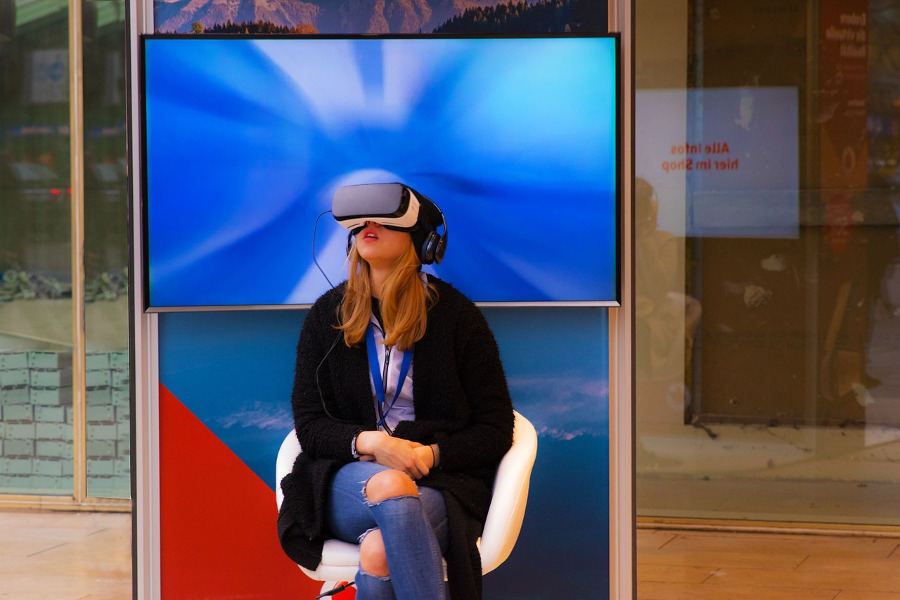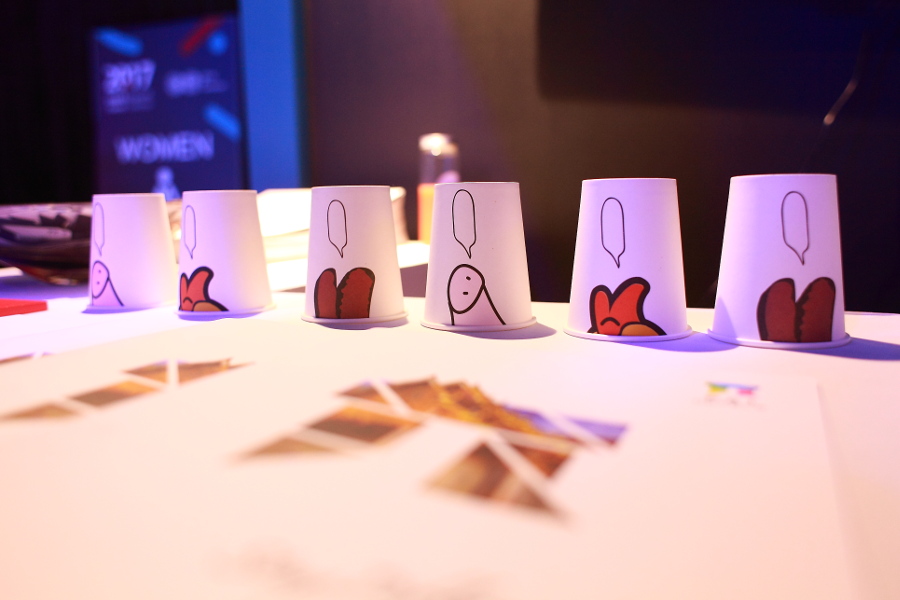Augmented Reality and the Coming Integration for Hospitality
Augmented reality (AR) is the practical sister of virtual reality (VR) technology. For hospitality application, the AR is practically the baby steps toward a comprehensive approach to greater guest satisfaction. With simplicity and fluidity of empowerment as its core promise, AR like that being introduced by leading hotel brands is one of a very few truly innovative tech trends in hospitality. Here are some recent deployments of AR paving the way for stunning tech integration.
Most tech savvy hotel marketers have heard the term "gamification" before. Video game developers and huge tech conglomerates like Google have parlayed augmented and virtual reality concepts that transformed how people interact in ever industry. Now the trend that started with Pokémon Go has caught on in the hotels space. News Best Western Hotels & Resorts began trying out back of house and guest facing AR elements for younger guests in 2015 was one of the first signals this new tech was going places. In that case, AR paired with the Disney Movie Experience allowed little kids to include themselves in scenes alongside Disney stars. The experience effect was phenomenal. As an example of where pre-experiences are for instance, Reel FX VR teamed up with Hilton Hotels and Resorts and GSD&M to take you on vacation in Virtual Reality.

Virtual Reality
The potential for AR and VR has caught on with Hilton with the potential for pre-booking conversion via VR previews of select hotel suites. The so-called "long range guest visit" is soon to become the reality. Hilton announced their fray into introducing VR to their hotels' fitness areas back in September of 2016. But it is already possible to integrate AR into online booking systems, or to use the tech through apps created for selected locations. Using the less complex AR applications, hoteliers can easily offer prospective guests the experience of visualizing the property, exploring individual rooms, and searching for nearby attractions in an immersing and interactive manner. There's even printed media applications for using AR to allow readers to interact with hotels.
This Augment report features AR being used by the luxury spa Mansion at Casa Madrona in a printed brochure in order to showcase the property for potential guests. Such properties not only push at the fringes of emerging technology, but they also provide uncompromising advanced connectivity and rich media experiences. Via the use of technologies like; Control4 touch screens, guests can control media walls, indoor temperatures, lighting, sound, window coverings, televisions, fireplaces and even hot tubs. In this story from HospitalityNet Dr. James Canton of the Institute for Global Futures is referenced as a leading thinker in the field of identifying customer trends for the global hospitality industry. Canton told HN:
"Trends in technology, science, energy and entertainment will vastly change the hotel experience for travelers. The emergence of a new travel design science, which is a combination of using big data, artificial intelligence and predicting travelers' dreams, will mean the whole travel experience will change."

These murals in Olive Green rooms are AR connective
Looking at the rapid proliferation of these technologies across all hotel types it becomes clear AR and even VR are not just luxury segment frills. Canton's predictions can even be seen as conservative when we look at the infiltration of high tech into budget and intermediate segments. A good example that comes to mind is Greece's first truly eco-friendly hotel, Olive Green on the island of Crete, which HN reported on. Besides being designed to be a 100% environmentally friendly hotel, the city stay in Heraklion makes brilliant use of intuitive technology that allows guests to individually control heating, air conditioning, music, their TVs, and room service via provided tablets or through their own devices. Advanced QR coded wallpapers in the rooms also feature image of Cretan landscapes that guests can scan to find out details about a destination within a short drive from Heraklion, points of interest, distance, and other relevant travel details, and so on. So the upscale three star hotel now has amenities I just described for a five start stay elsewhere. The time difference suggested is one year or less.

AR interactivity right down to the cups at PAI Hotels
So far I have discussed legendary established brands and one instance of a new local city hotel installing AR and VR elements, but newly designed hotel experiences and newly created brands are already aboard too. PAI Hotels, launched recently by China's Plateno Group at Expo Real in Munich is a cutting edge hotel branding design in more ways than one. Plateno's interjection into the European market is a trendy move to offer European hoteliers the opportunity to join one of the world's biggest brands via a slick and easy rebranding process. But Europe's hoteliers don't just get new logos and pillow cases. PAI Hotel rooms are stacked with plenty of AR goodies like visual elements, decorations, hotel themed walls, paintings, and the downloadable app PAI AR PARK, so that they can scan every possible AR element in the hotel. The group has even come up with a fascinating "surprise" to create guest fun and loyalty. By collecting 7 different chips hidden in AR elements, guests can win awards. At the Plateno Collection 2017 hotel fashion show, PAI CEO Lin Yuan revealed part of PAI's AR strategy going forward:
"Visitors to Plateno Collection 2017 showed great curiosity at our PAI HOTELS' booth. This was a valuable chance to enhance PAI HOTEL' visibility to the public, which led to significant influence for PAI HOTELS' future development, both in China and overseas. As a best solution for independent hotels, PAI HOTELS will continue to strive for this goal as well as to embed AR(Augmented Reality) technics into hotel environment to enrich customers' interactive experience."
As we have seen the uptake for these stunning new technologies has ramped up even more rapidly than most experts predicted. From the onset of the gamification phase a couple of years ago, brands across the spectrum have begun experimenting or even full scale integration within their designs and strategies to provide greater customer experiences. It will be interesting to see how far and fast these trends go in the next year.
Phil Butler
Senior Partner
Pamil Visions PR